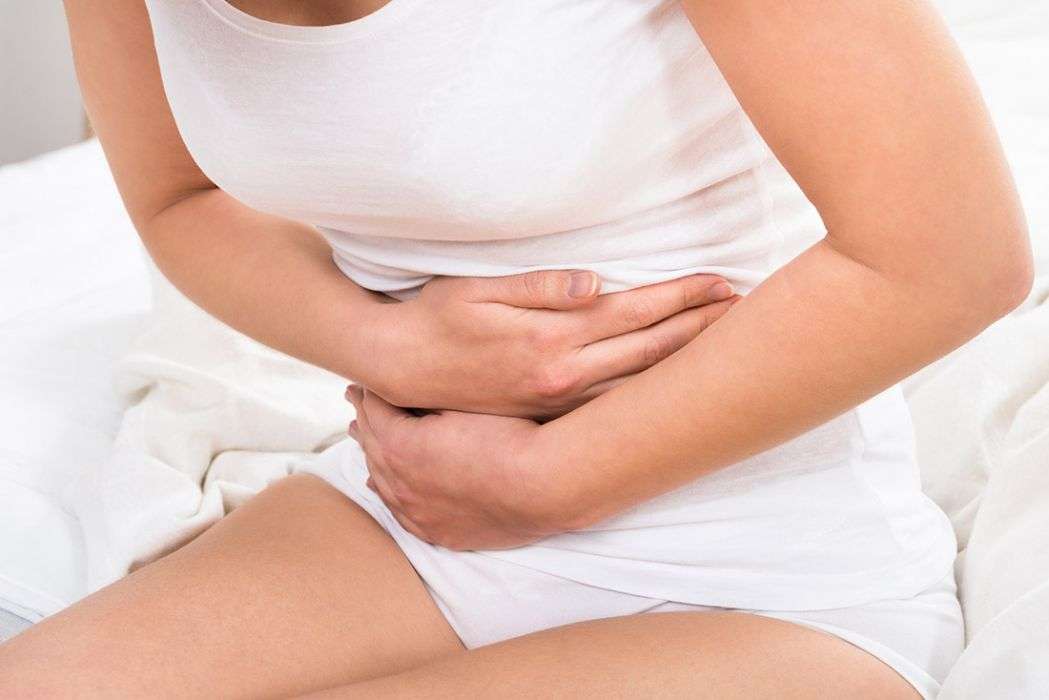General Health Blog
Vaccination Schedule- Immunization is very importance
Vaccination is the biological preparation administration of some particular antigenic material to stimulate an individual’s immune system to develop adaptive immunity to antigens or pathogens, to prevent a particular disease. A vaccine can help for Read more…




1 Comment
Niptoifs · December 15, 2017 at 4:46 PM
you may have an amazing blog here! would you prefer to make some invite posts on my weblog?
http://screenbra97.affiliatblogger.com/8565349/rexuiz-fps-free-awesome-multi-single-player-arena-shooter
http://losswasp29.blogzet.com/free2play-first-person-shooter-game-3817682
http://icebra40.tinyblogging.com/
http://golos-semyonf20.tumblr.com/
https://twitter.com/good_choise
http://roberttierrez.blogspot.com/
http://noreferer.win/